
A whole host of health products claim to be brimming with antioxidants, but why? Let’s take a look at examples of foods high in antioxidants and their benefits towards our health.
November 02, 2022 4:13 pm October 21, 2022 7:07 amThe human body’s cells face continuous threats every day. One of the most common threats to our health are free radicals. Antioxidants otherwise known as “free-radical scavengers” help neutralise these unstable molecules in the human body. This is important because they help to prevent cell damage caused by free radicals. In other words, free radicals can cause oxidative stress, which can increase the risk of diseases, including cancer and heart disease.(1)
Fat soluble vs water soluble antioxidants
Antioxidants can be either fat soluble or water soluble. Fat soluble antioxidants act primarily in cell membranes, such as vitamin E. Whereas, water soluble antioxidants perform their actions in the fluid inside and outside cells, for example vitamin C.
Vegetables and fruits are rich sources of antioxidants. However, antioxidants are not only natural but can also be man-made substances.(2)
Antioxidants in food production
Because of their ability to inhibit oxidation, antioxidant preservatives play a crucial role in food production. Antioxidants can increase the shelf life of both natural and processed foods. Therefore, they’re frequently used as food additives. For example, vitamin C is often added to processed foods to act as a preservative.(3)
Due to the many proposed benefits of antioxidants, they continue to be studied all over the world. In this article we’ll look at examples of foods high in antioxidants, but first let’s explore the impact of free radicals and oxidative stress on our health.
How do free radicals function?
This next section is a bit scientific, so bare with us! Free radicals are unstable atoms that cells produce as the body processes food and reacts to the environment. When there are more free radicals than antioxidants, it can lead to a state called oxidative stress. When the two are balanced, our cells can go about their daily routine without damaging themselves, because the cell neutralises free radicals with antioxidants.
During periods of oxidative stress, there are no antioxidants present. Free radicals go in search of other molecules in the cell which it can react with and steal an electron from to stabilise itself. Important substances like lipids, proteins and DNA are common targets. Because a molecule is without an electron it looks for another electron itself. As a result, a chain reaction sets off where molecules go around stealing electrons.
This continues until a certain type of free radical can pair up with others of the same type. Continuous oxidative stress damages our DNA and other significant molecules in our bodies. Therefore, without antioxidants, free radicals cause serious harm very quickly.(4)
Several lifestyle, stress, and environmental factors promote excessive free radical formation and oxidative stress, including:
- Smoking
- Air pollution
- Consumption of alcohol
- High blood sugar levels
- Exposure to UV light
It’s important to note that, at low levels, free radicals aren’t all bad. Many free radicals are necessary and used by our body’s cells to kill invading bacteria. For example, our immune cells use free radicals to fight infections. Phagocytes, are a specific type of germ-fighting white blood cell that produce and store free radicals which destroy invading pathogens.(5)
Diseases linked to oxidative stress
Unfortunately, damage to important elements of our cells has consequences, which link free radicals to numerous diseases. Therefore, it’s important to try and avoid oxidative stress when we can.
In most cases oxidative stress causes inflammation. Infections and injuries trigger the body’s immune response. Immune cells then produce free radicals while fighting off invading germs. As a result, free radicals damage healthy cells, leading to inflammation. Usually, once the immune system eliminates the infection or repairs damaged tissue, inflammation stops. However, oxidative stress can also trigger the inflammatory response, which produces more free radicals, leading to further oxidative stress and creating a cycle. This may lead to several conditions, including heart disease, diabetes, cardiovascular disease, and arthritis.(6)
The effects of oxidative stress may also contribute to several neurodegenerative conditions, such as Alzheimer’s disease. The brain is especially susceptible to oxidative stress because brain cells consume 20% of the total amount of oxygen the body needs to fuel itself. Brain cells require oxygen to perform intense metabolic activities that generate free radicals. These free radicals help support brain cell growth and cognitive functioning. However, oxidative stress modifies proteins, such as amyloid-beta peptides in a way that contributes to the accumulation of plaque in the brain, which is a key marker of Alzheimer’s disease.(7,8)
Types of dietary antioxidants and foods high in these antioxidants
Dietary antioxidants are substances that significantly decrease the adverse effects of reactive oxygen and nitrogen species, on normal physiological functions in humans. Examples of dietary antioxidants and foods high in antioxidants include:
Vitamin A. This antioxidant is important for vision, growth, cell division, reproduction and immunity. It’s also worth noting that beta-carotene from plant-based sources is converted to vitamin A. Sources include: sea buckthorn berries, carrots, spinach, dairy, eggs, and liver.(9)
Vitamin C. This water-soluble antioxidant known as ascorbic acid is an essential dietary nutrient. It’s involved in many body functions, including absorption of iron, proper functioning of the immune system, and maintenance of healthy bones and teeth. Berries, citrus fruits, and bell peppers are great sources.(10)
Vitamin E. This fat-soluble antioxidant plays a critical role in protecting cell membranes against oxidative damage. Vitamin E rich foods include: nuts, seeds, and cold-pressed plant-based oils, such as amaranth, chia and hemp.(11)
Lycopene. A type of organic pigment called a carotenoid that gives some vegetables and fruits a red colour. It can protect DNA, proteins, and lipids against oxidation. In addition, lycopenes can act on other free radicals such as hydrogen peroxide, nitrogen dioxide and hydroxyl radicals. Typically lycopenes are present in pink and red fruits and vegetables, including tomatoes and watermelon.(12)
Lutein. In the eye, lutein’s role as an antioxidant lowers the activity of free radicals, which can cause damage to the macula and other parts of the eye. It also helps to absorb harmful high-energy blue light to protect and maintain healthy eyes. You can find lutein in leafy greens, corn, and oranges.(13)
Selenium. This antioxidant plays an important role in the health of your immune system. Selenium helps lower oxidative stress in the body, which reduces inflammation and enhances immunity. Selenium rich foods include: rice, whole grains, legumes and nuts.(14) Brazil nuts are particularly high in selenium.
Flavonoids. Antioxidant flavonoids may effectively control key steps of cell growth and differentiation, which is key in the development of individual organs. Cabbage, kale and milk thistle are great sources of flavonoids.(15)
Phenols. On regular eating, phenols promote the anti-inflammation capacity of human beings. Cocoa, broccoli and tomatoes are particularly rich in phenolic compounds.(16)
Ellagic acid. The antioxidant properties of ellagic acid have prompted research, which shows that it may boast powerful anti-inflammatory, cancer-fighting properties. The best sources of ellagic acid in the diet are strawberries, cherries, and walnuts.(17)
Glutathione. This antioxidant is essential for the immune system’s proper functioning and is vital in building and repairing tissue. Spinach, avocados and asparagus are some of the richest dietary sources.(18)
Related readings
"It’s important to note that, at low levels, free radicals aren’t all bad. Many free radicals are necessary and used by our body's cells to kill invading bacteria."
The effect of cooking on antioxidants
Does cooking have any effect on antioxidants? Recent reports suggest that cooking increases antioxidant activities by liberating antioxidant compounds from insoluble portions of foods. For example, lycopene is an antioxidant that gives tomatoes their red colour. When tomatoes undergo a cooking process that involves heat, the lycopene becomes easier for our bodies to process and use (more bioavailable).(19)
Alternatively, studies have shown that vegetables including cauliflower and peas lose much of their antioxidant activity in the cooking process. Therefore, the important thing is to eat a variety of antioxidant-rich food, both cooked and raw.(20)
One of the most significant factors in cooking isn’t how vegetables are heated, but rather how much water is used. Boiling and pressure-cooking causes nutrients to leach out of vegetables and into cooking water. Because antioxidants like vitamin C are water-soluble, i.e they dissolve in water, it makes sense that these nutrients leach out into the water using this cooking method. Therefore, boiling vegetables may be a more effective method for retaining antioxidants when making soups because some antioxidants may remain in the broth. However, boiling can reduce antioxidant content by as much as 60%. Vitamin C in particular is reduced with heat.(21)
Fortunately, a lot of the foods that we don’t cook, including fruits, nuts and seeds, are examples of foods high in antioxidants. Therefore, as long as you eat a balanced diet, you shouldn’t have trouble getting enough antioxidants.
Are cold-pressed oils rich in antioxidants?
The short answer is yes, they are. The extraction technique uses minimal heat, so that the purpose of retaining the oil’s beneficial properties is served. In addition to poly unsaturated fatty acids (PUFAs), many cold-pressed oils, such as chia seed oil and sea buckthorn oil, are rich in antioxidant vitamin E and beta-carotene.
For cold-pressed oils rich in PUFAs, the effectiveness of antioxidants is of particular importance. These oils are not suitable for cooking, but ideal for drizzling finished dishes, such as salads and soups. In other words, if the oil is prepared on a high heat it could consequently cause detrimental health effects when consumed.(22) This is because PUFAs are chemically unstable and prone to oxidation.
Are sunflower seeds one of the foods high in antioxidants?
A popular street food snack and a healthy ingredient in various recipes, sunflower seeds are indeed one of the foods high in antioxidants and one of the best sources of vitamin E. As mentioned earlier, this vitamin is a vital antioxidant that protects cells from damage associated with oxidative stress caused by free radicals.
As mentioned earlier, the brain is highly susceptible to oxidative stress, which increases during ageing and is considered a major contributor to brain degeneration. Several randomised control trials (RCTs) studied the beneficial effect of vitamin E on brain function. The results highlighted the importance of adequate vitamin E use in support of healthy brain function. However, other RCTs failed to find an association with vitamin E intake. Therefore, the benefit of vitamin E as a treatment for neurodegenerative disorders is still under debate.(23)
The Erbology crackers are rich in sunflower seeds, the perfect antioxidant snack! What’s more, they’re a great source of fibre, vitamin B1, iron, magnesium, and zinc, all of which are needed to support your health. These are perfect alongside fresh salads and soups or they can simply be enjoyed as a healthy snack.
Do walnuts pack antioxidants, too?
Commercially available as raw, roasted, salted or unsalted, walnuts are also a food high in antioxidants including vitamin E, polyphenols and ellagic acid.
Since walnuts have a favorable antioxidant profile, there is growing interest in evaluating their role in a healthy diet. Research even suggests walnut consumption is beneficial for lipid profile and cardiovascular disease risk factors. Let’s look into this a little further.
One study investigated the proposed benefits of polyphenols in walnuts on cardiovascular disease risk factors. The results suggest that consumption may be beneficial as polyphenols bind to lipoproteins. In turn, this inhibits oxidative processes that lead to the buildup of plaque in arterial walls (atherosclerosis).(24)
At Erbology, we make our Organic Walnut Oil by cold-pressing raw, small batch walnuts. We then bottle the oil in environmentally-friendly amber glass bottles that we ship directly to your home. Walnut oil is a great replacement for olive oil, drizzled over roasted vegetables, soups, and dips to add a toasty, walnut flavour. You can even use walnut oil to make walnut sauce! We recommend that you don’t heat the oil, as this could impact its antioxidant content.
Which food has the highest antioxidant levels?
It’s no secret that berries are packed with antioxidants. But there’s one type you’ve probably not heard of before, and that’s amla berries. Also known as Indian gooseberries, amla berries are similar to the English gooseberry. They’re of a bright green colour and around the same size as a plum.
The power and strength of an antioxidant product is measured with a value known as ORAC. Excluding spices, amla berries are thought to be the highest antioxidant food in the world!
All antioxidants fight off free radicals and protect us from oxidative stress, however amla berries are particularly special. According to a study, out of one thousand different extracts, amla berries emerged as a clear leader. It was one of only four extracts out of the entire thousand that had both superoxide radical scavenging activity and heat resistance.(25)
If you like the sound of amla berries, then amla powder might be for you. Just make sure to get certified organic from a trusted, verified source. Our amla powder happens to be all of the above! You can add it to virtually anything, from smoothies, soups, pasta, stews, to salads and dips!
What are the antioxidant benefits of vegetables?
As previously discussed, vegetables are also a fantastic source of antioxidants. What’s the first diet that comes to your mind when talking about vegetables? Ours would probably be the Mediterranean diet!
If you’re not familiar with the Mediterranean diet, put simply, it’s the typical way of eating enjoyed by people who live in the area around the Mediterranean Sea. The core set of principles surrounding the diet includes lots of fresh vegetables, legumes, fruits and whole grains.
The beneficial health effects of the Mediterranean diet have been frequently attributed to antioxidants predominantly present in vegetables.(26) Let’s go a bit deeper into this.
According to research, around 25% of colorectal cancer cases, 15% of breast cancer cases, 10% of prostate cancer cases and 10% pancreas cancer cases could be prevented by swapping from a Western diet to a Mediterranean diet. However, it’s worth mentioning that this might not be solely down to the antioxidants in vegetables and could be due to other factors such as lower saturated fat intake.(27)
Either way, the Mediterranean diet has a great reputation for being healthy. If you’d like to learn more check out our article: Benefits of a mediterranean diet.
Should you take antioxidant supplements?
Antioxidant supplements contain concentrated forms of antioxidants, and are one of the more commonly consumed supplements. But, should you really take them?
As we’ve seen in this article, fruits and vegetables are rich in antioxidants, and associated with many health benefits. Therefore, you might think supplementation is an easier alternative to consuming your 5 a day!
However, current research shows that taking any particular antioxidant as a supplement doesn’t increase your protection against a disease. Moreover, although antioxidant supplements are considered healthy, The National Institutes of Health (NIH) warn that high doses of antioxidant supplements can be harmful. Dietary intake of antioxidants plays a significant role in our health. However, in this case more is not better. A high intake of isolated antioxidants can have toxic effects and can promote rather than prevent oxidative damage. This is referred to as the “antioxidant paradox”.
For example, an excessive intake of vitamin E has been found to increase the risk of prostate cancer, and the use of some antioxidant supplements have been linked to an increased risk of tumour growth. What’s more, antioxidant supplements can interact with some medications. Therefore, if you are taking medication it’s important to speak to your doctor prior to taking anything.(28)
Smoking causes many types of cancers, mainly because cigarette smoke contains toxins that cause oxidative stress. Because of this increased exposure to free radicals, research suggests that people who smoke need 35 mg more vitamin C per day than people who don’t smoke. Therefore, in some cases consuming more foods high in vitamin C can be a good idea. Examples of vitamin C-rich foods include amla powder, sea buckthorn juice, bergamot juice and moringa powder.(29) It’s important to mention that advice from healthcare professionals will always be to quit smoking because of its negative impact towards our health.
Can you avoid oxidative stress?
Unfortunately, you can’t completely avoid oxidative stress. In some cases it’s just a process that occurs naturally throughout our day to day lives. However, steps can be taken to reduce the likelihood of it occurring.
One step you can take is to make sure you’re consuming an adequate amount of foods high in antioxidants through your diet. Eating plenty of antioxidant-rich whole foods is better than taking supplements. The best strategy to ensure adequate antioxidant intake is to follow a diet rich in various fruits, vegetables and whole grains.
Another way is to avoid environmental stressors that increase the amount of free radicals in your system. For example, you should avoid smoking or inhaling second-hand smoke, binge drinking, and wear sun cream to limit your exposure to UV light. A combination of the right diet and avoidance of environmental stressors will certainly set you on the right path towards reducing oxidative stress.
Related readings
Latest articles
References
- Liguori I, Russo G, Curcio F, Bulli G, Aran L, Della-Morte D, Gargiulo G, Testa G, Cacciatore F, Bonaduce D, Abete P. Oxidative stress, aging, and diseases. Clinical interventions in aging. 2018;13:757.
- Lazzarino G, Listorti I, Bilotta G, Capozzolo T, Amorini AM, Longo S, Caruso G, Lazzarino G, Tavazzi B, Bilotta P. Water-and fat-soluble antioxidants in human seminal plasma and serum of fertile males. Antioxidants. 2019 Apr 11;8(4):96.
- Karre L, Lopez K, Getty KJ. Natural antioxidants in meat and poultry products. Meat science. 2013 Jun 1;94(2):220-7.
- Lobo V, Patil A, Phatak A, Chandra N. Free radicals, antioxidants and functional foods: Impact on human health. Pharmacognosy reviews. 2010 Jul;4(8):118.
- Pizzino G, Irrera N, Cucinotta M, Pallio G, Mannino F, Arcoraci V, Squadrito F, Altavilla D, Bitto A. Oxidative stress: harms and benefits for human health. Oxidative medicine and cellular longevity. 2017 Oct;2017.
- Wadley AJ, Veldhuijzen van Zanten JJ, Aldred S. The interactions of oxidative stress and inflammation with vascular dysfunction in ageing: the vascular health triad. Age. 2013 Jun;35(3):705-18.
- Cobley JN, Fiorello ML, Bailey DM. 13 reasons why the brain is susceptible to oxidative stress. Redox biology. 2018 May 1;15:490-503.
- Cheignon C, Tomas M, Bonnefont-Rousselot D, Faller P, Hureau C, Collin F. Oxidative stress and the amyloid beta peptide in Alzheimer’s disease. Redox biology. 2018 Apr 1;14:450-64.
- Huang Z, Liu Y, Qi G, Brand D, Zheng SG. Role of vitamin A in the immune system. Journal of clinical medicine. 2018 Sep 6;7(9):258.
- Chambial S, Dwivedi S, Shukla KK, John PJ, Sharma P. Vitamin C in disease prevention and cure: an overview. Indian journal of clinical biochemistry. 2013 Oct;28(4):314-28.
- Traber MG, Stevens JF. Vitamins C and E: beneficial effects from a mechanistic perspective. Free Radical Biology and Medicine. 2011 Sep 1;51(5):1000-13.
- Kong KW, Khoo HE, Prasad KN, Ismail A, Tan CP, Rajab NF. Revealing the power of the natural red pigment lycopene. Molecules. 2010 Feb 23;15(2):959-87.
- Koushan K, Rusovici R, Li W, Ferguson LR, Chalam KV. The role of lutein in eye-related disease. Nutrients. 2013 May 22;5(5):1823-39.
- Huang Z, Rose AH, Hoffmann PR. The role of selenium in inflammation and immunity: from molecular mechanisms to therapeutic opportunities. Antioxidants & redox signaling. 2012 Apr 1;16(7):705-43.
- Brunetti C, Di Ferdinando M, Fini A, Pollastri S, Tattini M. Flavonoids as antioxidants and developmental regulators: relative significance in plants and humans. International journal of molecular sciences. 2013 Feb 7;14(2):3540-55.
- Kumar N, Goel N. Phenolic acids: Natural versatile molecules with promising therapeutic applications. Biotechnology Reports. 2019 Dec 1;24:e00370.
- Derosa G, Maffioli P, Sahebkar A. Ellagic acid and its role in chronic diseases. Anti-Inflammatory Nutraceuticals and Chronic Diseases. 2016:473-9.
- Perricone C, De Carolis C, Perricone R. Glutathione: a key player in autoimmunity. Autoimmunity reviews. 2009 Jul 1;8(8):697-701.
- Turkmen N, Sari F, Velioglu YS. The effect of cooking methods on total phenolics and antioxidant activity of selected green vegetables. Food chemistry. 2005 Dec 1;93(4):713-8.
- Jiménez-Monreal AM, García-Diz L, Martínez-Tomé M, Mariscal MM, Murcia MA. Influence of cooking methods on antioxidant activity of vegetables. Journal of food science. 2009 Apr;74(3):H97-103.
- Zeng C. Effects of different cooking methods on the vitamin C content of selected vegetables. Nutrition & Food Science. 2013 Sep 6.
- Grajzer M, Szmalcel K, Kuźmiński Ł, Witkowski M, Kulma A, Prescha A. Characteristics and antioxidant potential of cold-pressed oils—Possible strategies to improve oil stability. Foods. 2020 Nov 8;9(11):1630.
- La Fata G, Weber P, Mohajeri MH. Effects of vitamin E on cognitive performance during ageing and in Alzheimer’s disease. Nutrients. 2014 Nov 28;6(12):5453-72.
- Vinson JA, Cai Y. Nuts, especially walnuts, have both antioxidant quantity and efficacy and exhibit significant potential health benefits. Food & function. 2012;3(2):134-40.
- Niwano Y, Saito K, Yoshizaki F, Kohno M, Ozawa T. Extensive screening for herbal extracts with potent antioxidant properties. Journal of clinical biochemistry and nutrition. 2010;48(1):78-84.
- Barbouti A, Goulas V. Dietary Antioxidants in the Mediterranean Diet. Antioxidants. 2021 Jul 28;10(8):1213.
- Katta R, Desai SP. Diet and dermatology: the role of dietary intervention in skin disease. The Journal of clinical and aesthetic dermatology. 2014 Jul;7(7):46.
- Vivarelli F, Canistro D, Cirillo S, Papi A, Spisni E, Vornoli A, Croce CM, Longo V, Franchi P, Filippi S, Lucarini M. Co-carcinogenic effects of vitamin E in prostate. Scientific reports. 2019 Aug 12;9(1):1-0.
- Vitamin C, NIH Website, 23.Sep2022.



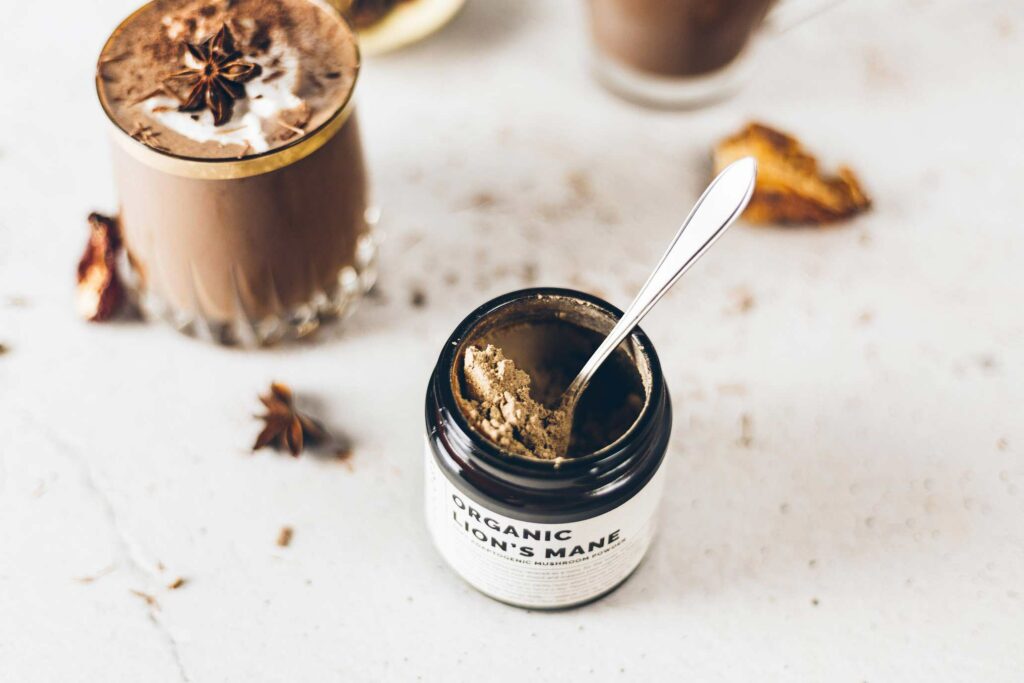
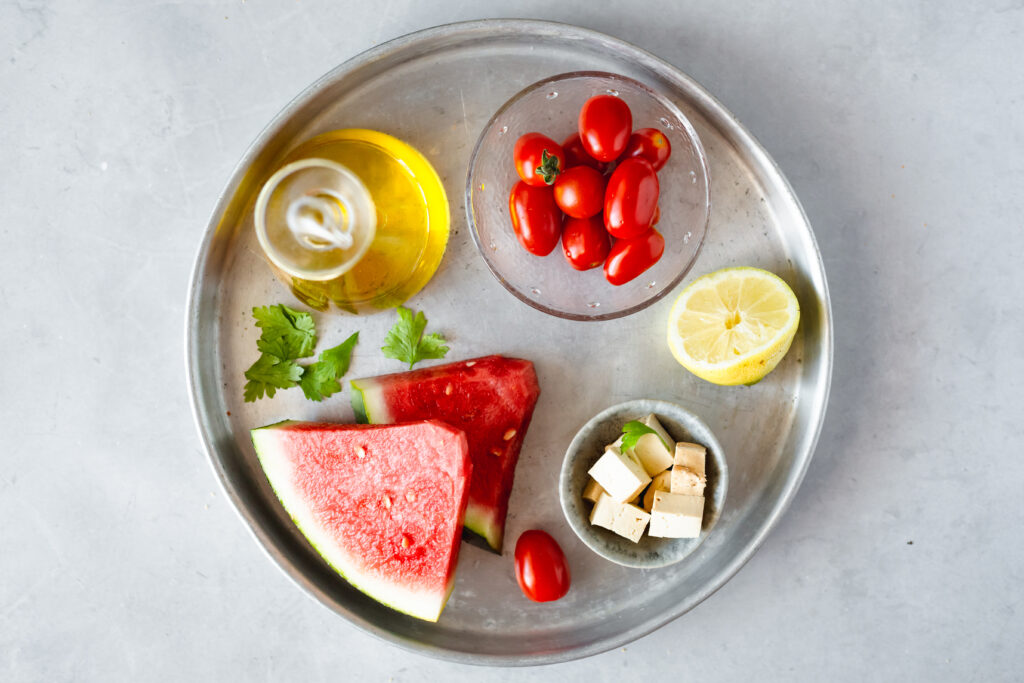
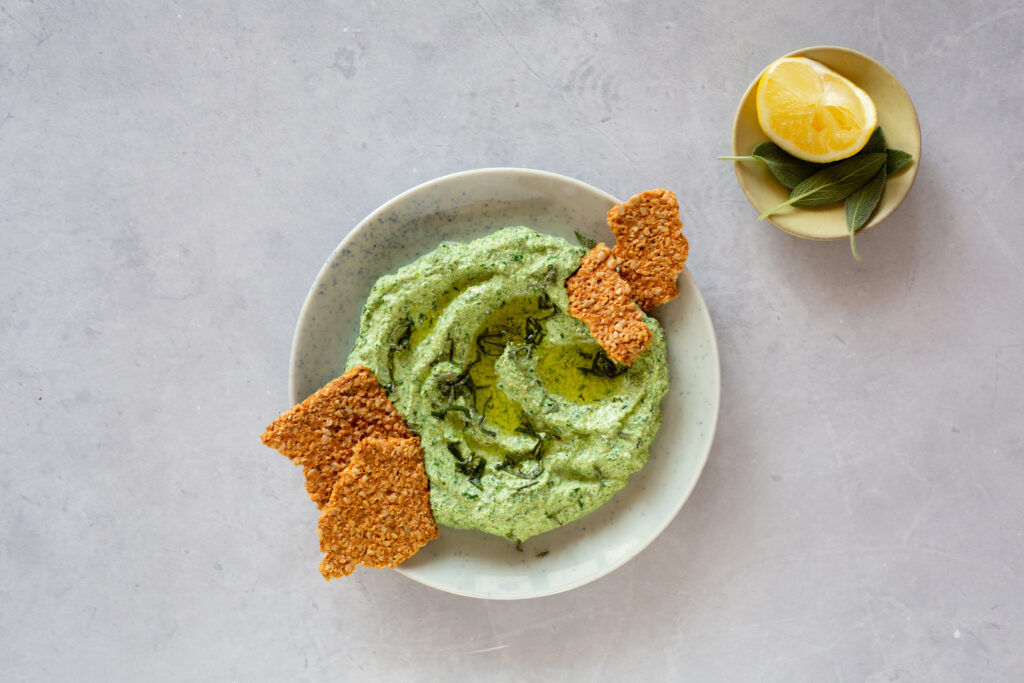
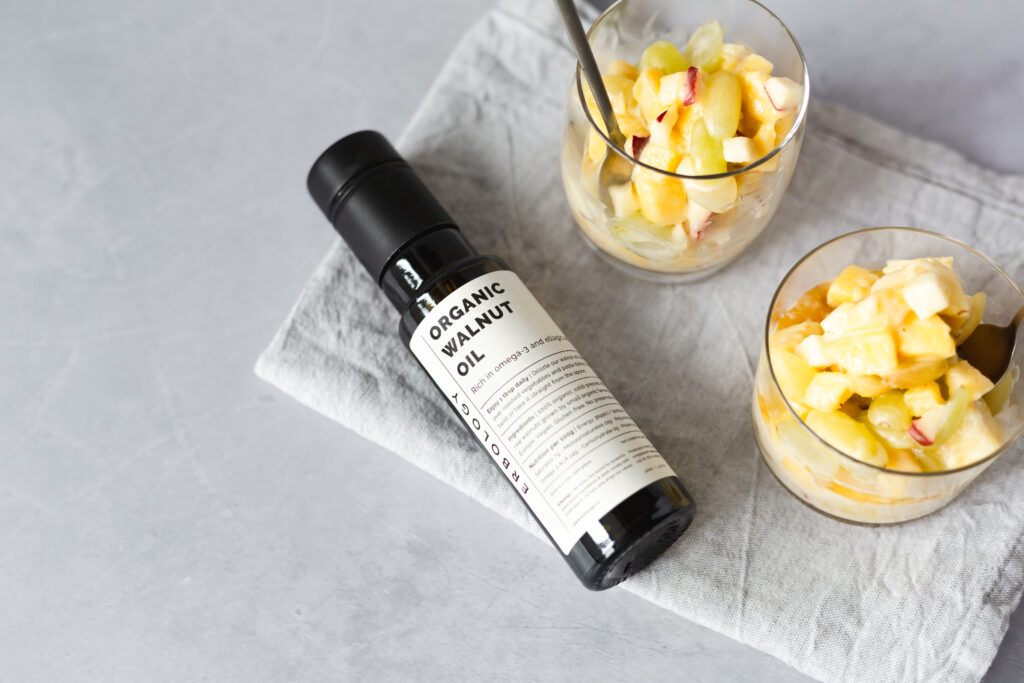

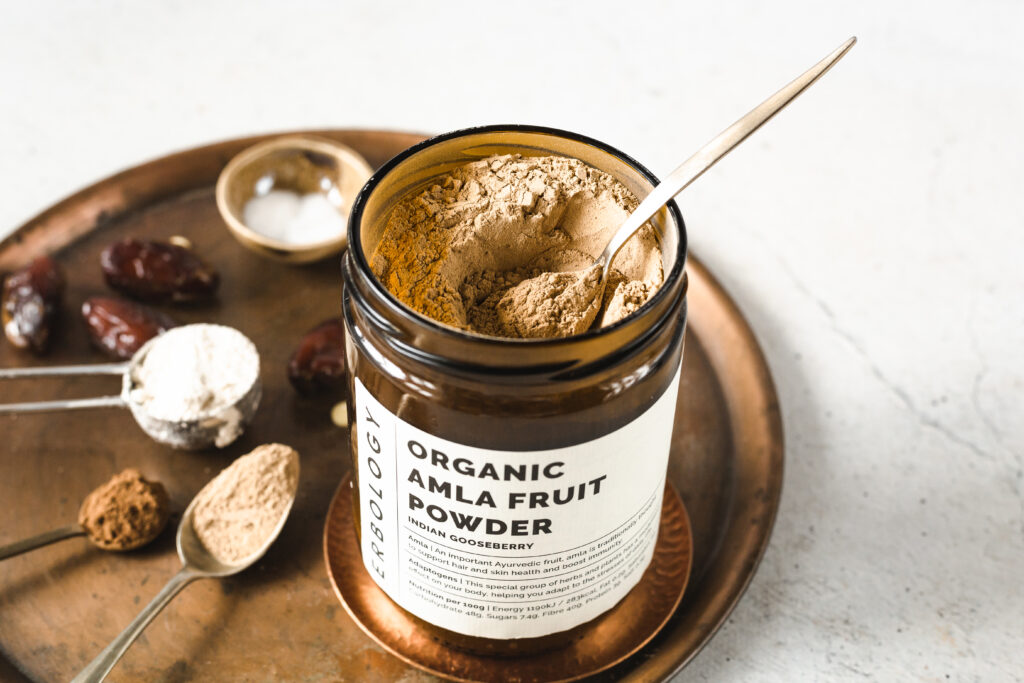
Comments (0)